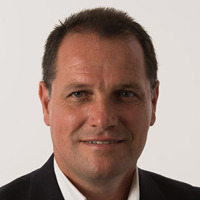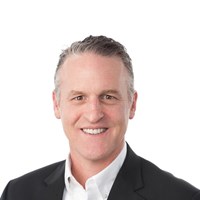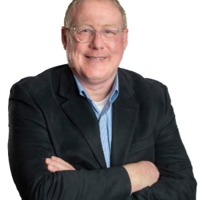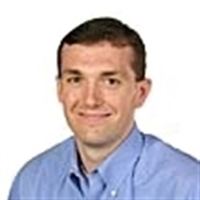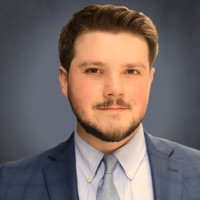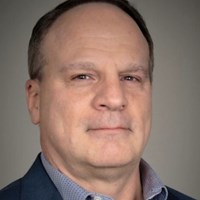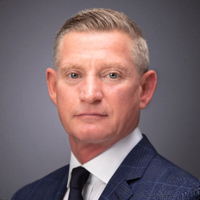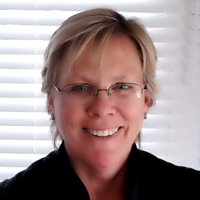Best Practices for Healthcare Supply Chain Optimization
-
 Kara L. Nadeau, Healthcare Industry Contributor
Kara L. Nadeau, Healthcare Industry Contributor
In today's complex healthcare environment, mastering supply chain management is crucial for operational excellence and enhanced patient care. This article outlines key strategies and actionable tips that can help providers address healthcare supply chain issues.
Read More